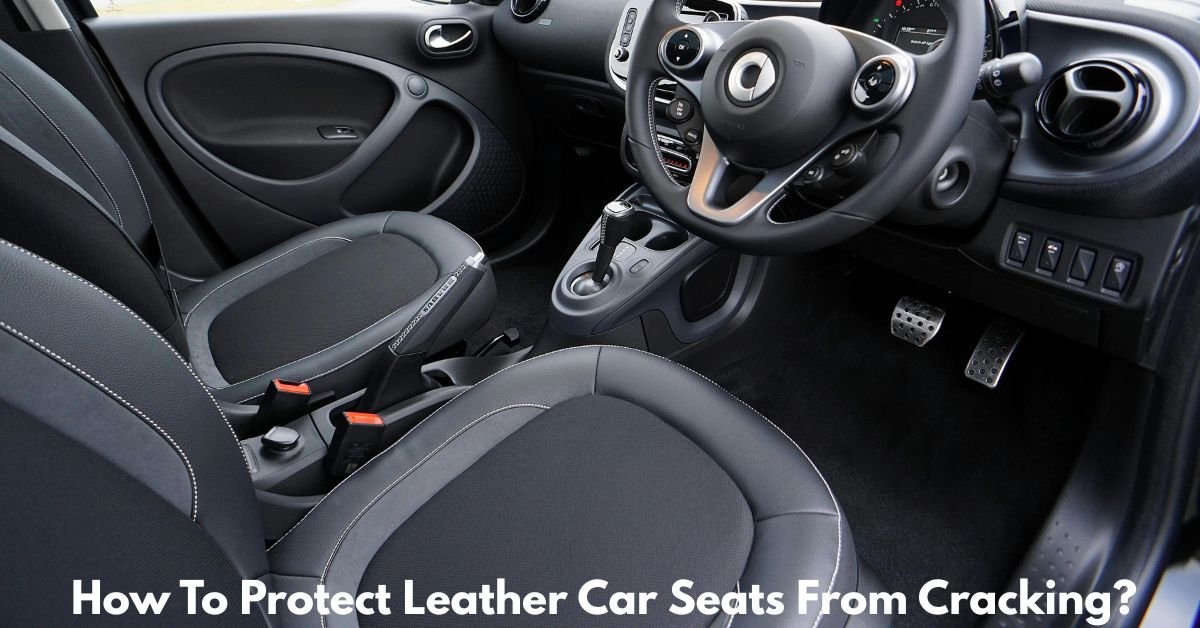Leather car seats are the epitome of luxury, comfort, and class. They enhance the aesthetic appeal of your vehicle and add to the overall driving experience. However, leather is a natural material that can degrade over time if not properly maintained. One of the most common problems leather car seat owners face is cracking. This lowers your car’s interior aesthetic appeal and has an impact on its resale value. Fortunately, you can preserve your leather seats for many years to come with the right maintenance and a few preventative measures.
How to Protect Leather Car Seats from Cracking
1. Regular Cleaning Is Crucial
Dirt, dust, body oils, and spills accumulate on your Leather Car Seat over time. These impurities cause the leather’s protective layer to deteriorate, causing early wear and cracking. At least once a month, clean your seats with a soft microfiber cloth and a cleaner made especially for leather.
Avoid using household detergents, as they can be too harsh and strip away the leather’s natural oils. Instead, invest in a pH-balanced leather cleaner. Always test the product on a small hidden area before applying it to the entire seat.
2. Condition Your Leather
Leather requires moisture to be supple and healthy, much like your skin. Without proper conditioning, it dries out, becomes brittle, and cracks. A quality leather conditioner replenishes lost moisture, restores suppleness, and adds a layer of protection.
Apply conditioner every 2–3 months or more frequently in hot, dry climates. When applying, use a soft applicator or cloth, rub it gently into the leather, and allow it to absorb. Next, use a fresh cloth to rub away any excess.
3. Protect from Sun and Heat
Sunlight and heat are leather’s worst enemies. UV rays fade the color, dry out the surface, and accelerate cracking. Try to park in shaded areas or inside a garage whenever possible. If you must park outdoors, use a windshield sunshade and consider investing in window tints to reduce UV exposure.
You can also use leather protectants that offer UV protection. These sprays or wipes help reflect sunlight and keep your seats cooler and more resilient.
Must Read: 6 Best Guides Can You Dye Car Seats Black?

4. Avoid Sharp Objects and Excessive Pressure
Be cautious with items like keys, belts, and heavy bags that can scratch or put pressure on the leather surface. Cracks often start from small tears or impressions that get worse over time.
Teach children and passengers to be mindful, and avoid placing heavy objects on the seats that could stretch or damage the leather.
5. Vacuum First Before Cleaning
Before applying any cleaner or conditioner, vacuum your seats to remove debris from seams and creases. This prevents dirt particles from scratching the surface when you wipe it down.
Use a soft brush attachment to avoid damaging the material. Make this a part of your regular car cleaning routine.
6. Keep the Interior Climate Controlled
If your vehicle has climate control, use it to maintain a balanced interior temperature. Drastic changes in heat and humidity can affect the integrity of the leather. During winter, don’t blast the seat warmers to the highest setting immediately—gradual warming is gentler on leather.
Similarly, in summer, let the car cool down before using the seats. Using a light-colored seat cover in extreme conditions can also help protect the surface.
7. Don’t Wait for Cracks to Start Repairs
If you notice early signs of wear—such as dryness, stiffness, or minor creases—address them immediately. Apply conditioner and protectant, or seek a leather repair professional if needed. Minor problems can be avoided before they cause expensive harm by taking early action.
Final Thoughts
Leather seats are a premium feature worth preserving. By following a consistent cleaning and conditioning routine, protecting your interior from sun and heat, and treating the leather gently, you can significantly extend its lifespan and keep it looking new. Remember, leather maintenance isn’t a one-time fix—it’s an ongoing process. A little effort now can save you a lot in the long run, keeping your ride looking and feeling luxurious every time you get behind the wheel.